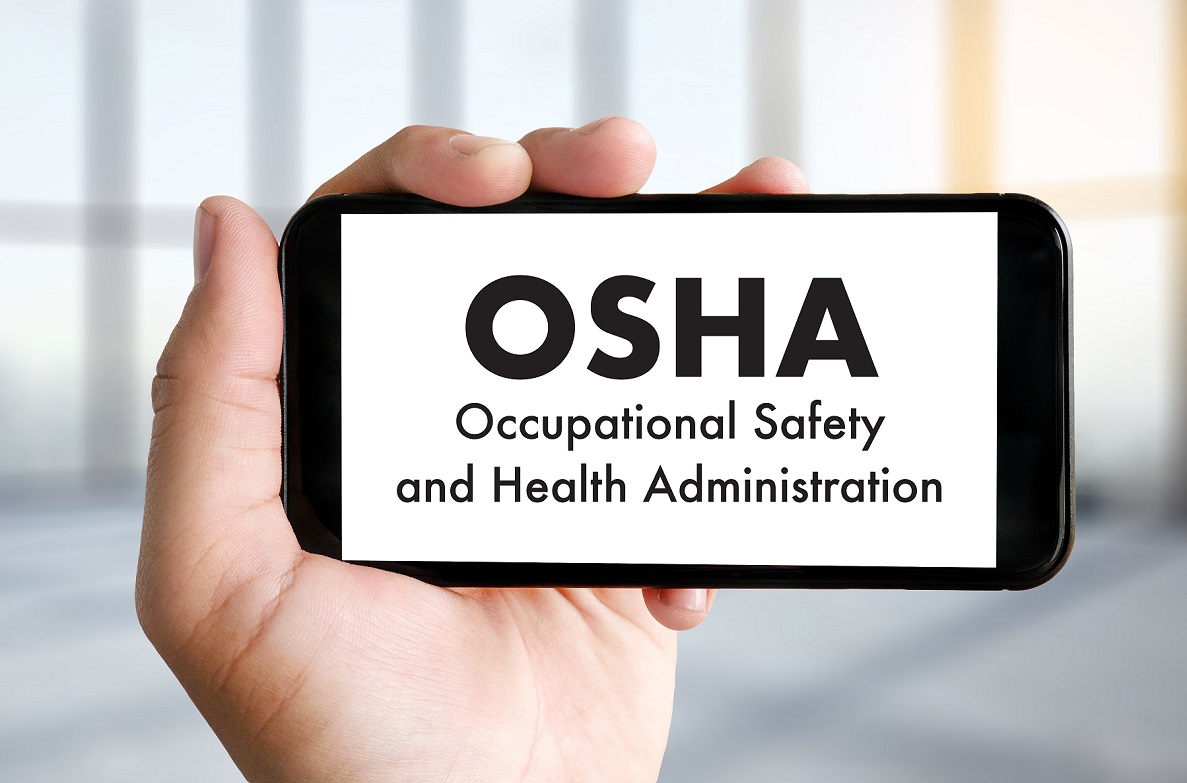The Consequences of Non-Compliance with OSHA Regulations – In the U.S., companies that violate Occupational Safety and Health Administration (OSHA) regulations can end up paying a variety of prices, some that are definite and simple to calculate, and others that are less quantifiable, but real nevertheless.
Within the former category, OSHA defines six types of violations:
- De Minimis – The least serious kind of violation, this is a technical one that has no direct impact on health or safety. OSHA does not issue citations or fines for such infractions.
- Other-than-Serious – A violation for something that is related to health or safety but would not result in serious injury or death. An employer not posting required safety documentation in a work area is an example. Fines of up to $12,934 per violation are possible.
- Serious – Issued when an employer that has knowledge of an existing hazard that could impact employees’ health or safety yet does nothing to correct it. Fines of up to $12,934 per violation are possible.
- Willful – Issued for an intentional violation of OSHA standards. If an employee is killed, the offense becomes a criminal one, with fines of up to $129,336 per violation and possible jail time for individuals.
- Repeat – Issued for a violation that is identical or very similar to one for which an employer has been previously cited.
- Failure to Abate – Issued when an employer has failed to remedy a situation for which it has been cited. Employers are given a set amount of time to make things right. If they fail to do so, a fine of up to $12,934 per day is issued.
Additionally, employers face legal costs to settle claims brought by injured workers, estates of employees killed as a result of an infraction, and other potential penalties beyond any OSHA fines. In an infamous example, the 2010 Deepwater Horizon oil rig explosion in the Gulf of Mexico and the resulting environmental disaster has to date cost operator British Petroleum (BP) more than $13 billion in claims, advances and settlements.
Perhaps the biggest cost, however, comes in the form of reputational damage. When a company is shown to be lacking in its health and safety standards, customers, partners and the general public are given a reason to see it in a negative light. This can result in diminished sales, layoffs, bankruptcy or potentially even going out of business. Reputational damage can be severe, often taking years to recover from, if ever.
A recent survey of executives conducted by the American Society of Safety Engineers found that for every dollar spent on direct costs related to an accident, there are another three to five dollars’ worth of indirect costs – putting the actual cost of an accident (with direct medical and compensation costs of $15,000) at somewhere between $45,000 and $75,000.
IMEC Technologies provides Safety Management Software to increase worker safety and aid compliance. IMEC’s Safety Management Software will manage inspections and audits, provides hazard identification, incident reporting, management of corrective and preventative actions from generation to closure. IMEC provides lock out tag out software solutions that will allow users to create lockout tagout procedures using an intuitive Mobile App and Manage Lockout Tagout Procedures, also the Review and Execution of those Lockout Tagout Procedures using the Mobile App. Annual Lockout Tagout Procedures audits are conducted using a Mobile App. The Mobile Inspection App allow users to perform inspections and audits, for example the system can be used as a Fire Extinguisher Barcode Inspection Software system to manage monthly fire extinguisher inspections and general fire safety inspections and also to record safety observations and manage corrective actions, anywhere and anytime. The solution can be used as a fire extinguisher barcode inspection software system or life safety inspection system to aid compliance in Higher Education, Healthcare, Industrial and Commercial Organizations. Benefits from a Fire Extinguisher Barcode System include the elimination of paperwork and reducing the burden of compliance with regulations such as NFPA, The Joint Commission. The Incident Reporting App allows users to easily and quickly report incidents, hazards and near-misses, these are then sent to the appropriate people for action and are managed to closure. Web Apps provide features such as, setup, management, scheduling tools, analysis, reporting and dashboards etc with the ability to report incidents to government bodies such as OSHA and RIDDOR. HazMat T&T is a hazardous waste management software solution designed for Environmental Service Companies and companies who generate a large quantity of hazardous waste. The solution tracks hazardous waste from cradle to grave aiding compliance, providing accurate waste inventory, increasing waste handling efficiency, reducing risk and also helps manage waste costs. HazMat T&T Hazardous Waste Management Software can be deployed in a number of deployment scenarios, from Large Hazardous Waste Generators, tracking their hazardous waste at their site to Environmental Service and Waste Management Companies using it track and manage hazardous waste at transfer and disposal sites. For more information visit our website www.imectechnologies.com

